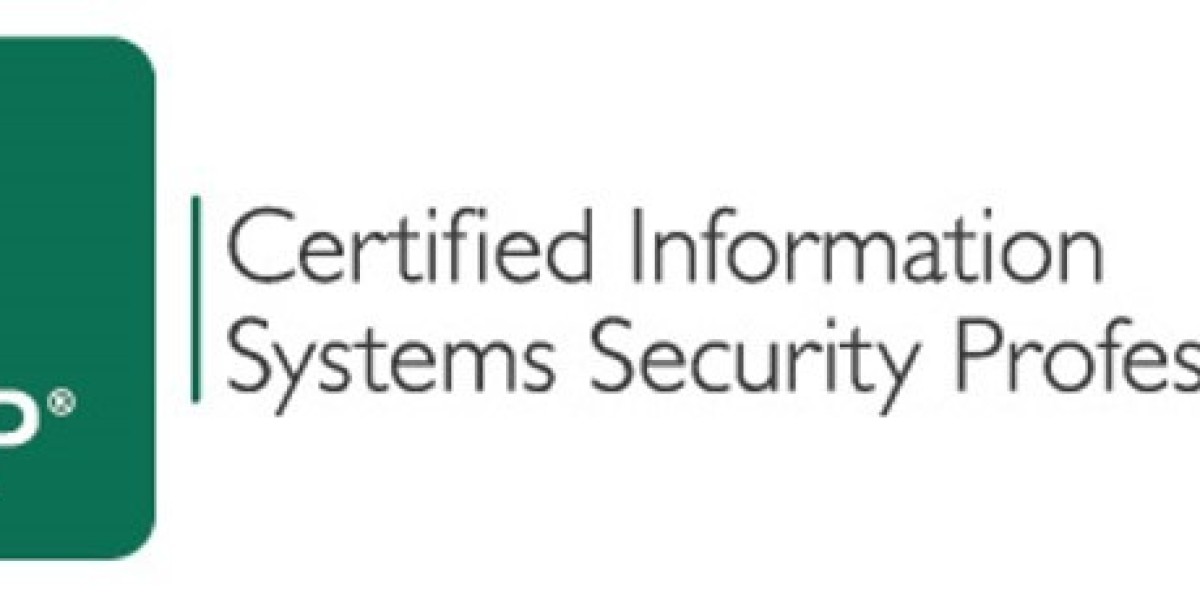An Intrusion Detection System (IDS) is a critical component in the field of cybersecurity, including within the context of the Certified Information Systems Security Professional CISSP Certification. An IDS is a system designed to monitor and analyze network traffic or system activities for suspicious patterns that may indicate a breach or attack. In essence, it serves as a watchdog, continually scanning for unusual behavior that may signal an unauthorized intrusion.
There are two main types of IDS: Network Intrusion Detection Systems (NIDS) and Host-based Intrusion Detection Systems (HIDS). NIDS are deployed at strategic points within a network to monitor traffic to and from all devices on the network, while HIDS are installed on individual hosts or devices to monitor system files and activity.
When an IDS detects suspicious activity, it can generate alerts to notify system administrators or take automated actions, such as blocking suspect traffic. These alerts often include detailed information about the suspicious activity, such as the source, target, nature of the attack, and recommended remediation steps.
In the context of CISSP, understanding IDS is vital as it forms part of the broader knowledge base needed to design, implement, and manage a secure information environment. CISSP candidates must understand the different types of IDS, how they function, how to effectively integrate them within a security strategy, and how to interpret and respond to their alerts.
The implementation of an IDS is a complex task that requires careful consideration of factors like the network architecture, potential threats, organizational policies, and compliance requirements. It's not just about deploying the technology but also about configuring it properly, keeping it updated, and integrating it with other security measures to create a comprehensive defense against intrusions. In essence, an IDS is an essential layer in a multi-layered security approach, helping organizations detect and respond to threats in a timely and effective manner.







